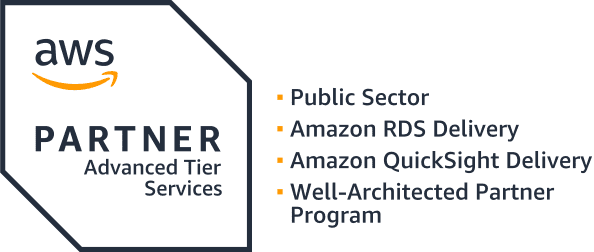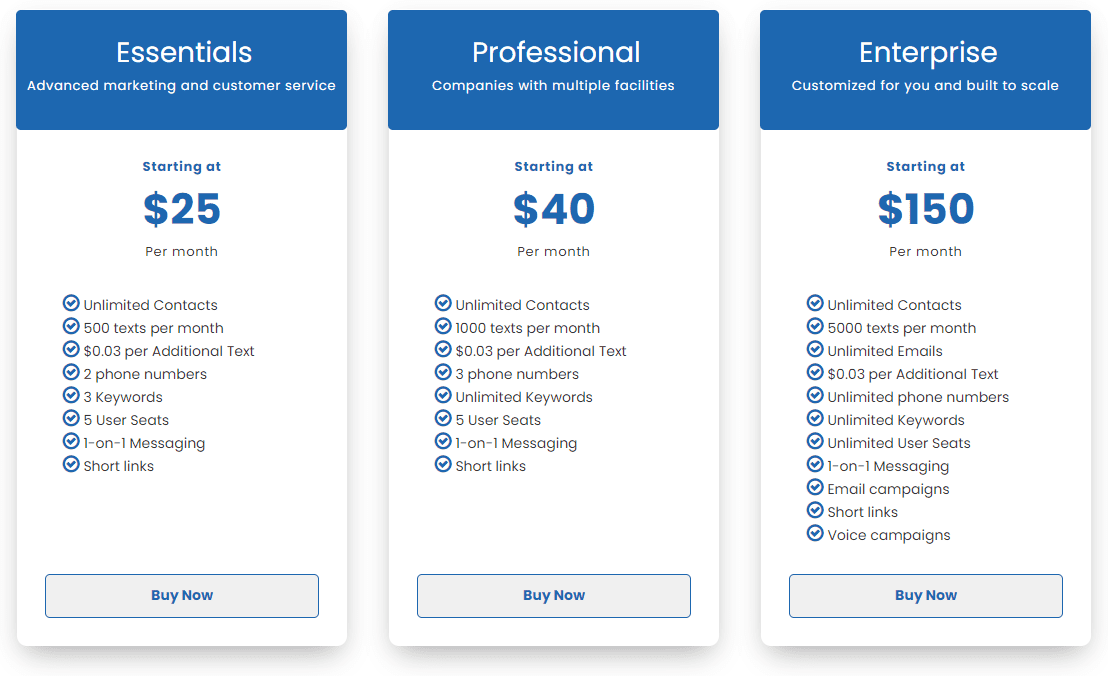Why Does SaaS use Tiered Pricing?
The pricing of your software as a service matters significantly for business vitality. Charging too much for your services could drive too many customers away from an apparent lack of value, and charging too little will result in being unable to maintain the services you are running. Typically, the scaling of benefits offered should be tied directly to the expenses of the plans with some benefits added to higher tiers to give added value. These extra benefits include new features, more supported users, higher capacities, and better performance levels.
As an advanced AWS partner, we bring unparalleled expertise to architect, deploy, and optimize cloud solutions tailored to your unique needs.
Tiered Pricing Strategies
Three-Tiers Models
People naturally like things that come in batches of three. This method typically offers models in the form of personal, professional, and business tiered pricing. The personal plan rates are usually the cheapest with escalating benefits from professional and business plans. Business will typically come with the most complex tools for users with extensive needs compared to standard. This model helps to appeal to all three users with a very simple model to understand.
Multi-Tiered Models
Similar to the Three-Tiers Model, this model offers scaling prices with escalating prices and values. Though it won’t necessarily be as simple as the other model, it does offer a greater range of values and rates the customer can choose from. If the customer wants more exact rates with less worry over how much they have to pay, this might be the more ideal pricing model to use. Additionally, if users reach the upper limits of what their pricing plan offers, service providers can more readily encourage customers to pay extra to receive more of the service.
Usage-based Models
Instead of offering distinct plans, pricing is directly tied to the resources the customer uses. This can be beneficial for customers who not only want to directly forecast what they will be paying for on a monthly basis but also directly visualize how much they are paying for the services they are using.
Feature-based Models
Instead of offering batches of resources, tiers are distinguished by the services they have on offer. Sometimes, users don’t want all the features typically tied to a given plan and want the option to pick what they need instead. For service providers, this can even help avoid unnecessary costs by not providing resources that would have gone unused.
User-Count Models
A common model for service providers intending to distribute software to batches of users is a user-count pricing model. These models will limit the number of people with access to their software. Customers who purchase more expensive plans can provide licensing to more users. This method can also create the incentive to buy more licenses by making higher tiers more cost-efficient than buying multiple individual licenses.
Benefits and Detriments of Tiered Pricing
Pricing in tiers gives customers a sense of choice instead of being forced into a single rate with a set batch of tools, helping the company to better appeal to more customers. Having those rates puts a price point on the resources and services for customers to judge how much they will be spending. With the differences between tiers and prices, customers get a better sense of what services are worth linearly. If customers want to upgrade, they can visibly see how much higher tiers and extra resources are worth.
By a similar vein, providers can also assess how much income they will be receiving and if pricing points need to be adjusted to provide better price performance in the customers’ eyes. Compared to other pricing models, tiered pricing statistically generates more revenue. With the addition of a free trial to test features, customers could more readily be drawn in by the offerings. On a bigger scale, setting tiered pricing helps to better distinguish services from one company and another. Rates, prices, features, and overall performance can give companies a significant competitive advantage by offering the best product for the most justifiable price.
However, it is possible to place price points incorrectly. Tiered pricing can quickly confuse customers, and buyers can lose focus on how services are valued before potentially looking for companies with less esoteric pricing. Because pricing is based on the company’s own perception of what value it carries, it is possible to provide a service that customers want, and in turn doesn’t derive enough revenue to make it sustainable. Both the company’s budget and the pricing models of direct competitors should be carefully considered when determining the number of plans, the price per plan, and the contents of each plan.
The Necessity of Cloud Engineers
Get Started Today!
At AllCode, our mission is to leverage our unique skillset and expertise to deliver innovative, top-tier software solutions that empower businesses to thrive in our world’s rapidly-evolving technological landscape.
Work with an expert. Work with AllCode



